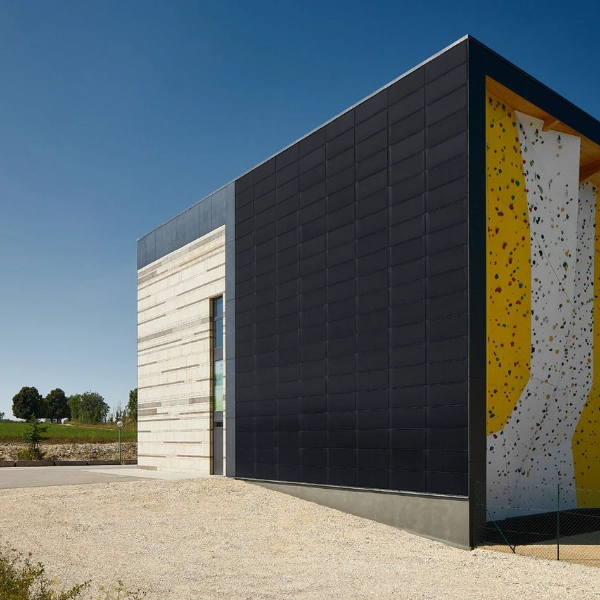Unveiling the Most Common Material in Walls: A Comprehensive Exploration
Walls are an integral part of any structure, providing support, insulation, and aesthetic appeal. Have you ever wondered what the most common material used in walls is? In this article, we will delve into the world of construction and unveil the answer to this intriguing question. From traditional to modern construction techniques, we will explore the various materials that dominate the walls of our buildings and their unique properties.
- Brick: The Timeless Classic
Brick, a time-honored building material, has been used for centuries. Its durability, thermal insulation, and fire resistance make it a popular choice. We will discuss the different types of bricks, such as clay bricks and concrete bricks, and their applications in both residential and commercial construction. Additionally, we will explore the environmental impact of brick production and its sustainable alternatives. - Concrete: The Versatile Powerhouse
Concrete, a composite material, is widely recognized for its strength and versatility. We will delve into the composition of concrete walls, including cement, aggregates, and water. Exploring the various types of concrete, such as reinforced and precast concrete, we will highlight their advantages and applications. Furthermore, we will discuss the importance of proper curing and maintenance to ensure the longevity of concrete walls. - Drywall: The Modern Marvel
Drywall, also known as gypsum board or plasterboard, revolutionized the construction industry with its ease of installation and versatility. We will explore the composition of drywall, including gypsum and paper facings, and its role in providing soundproofing and fire resistance. Additionally, we will discuss the different types of drywall finishes and their impact on interior design. - Structural Insulated Panels (SIPs): The Energy-Efficient Solution
SIPs, a relatively newer construction material, offer excellent insulation properties and energy efficiency. We will delve into the composition of SIPs, which consist of a foam core sandwiched between two structural panels. Exploring their benefits, such as reduced energy consumption and faster construction times, we will discuss their applications in both residential and commercial buildings. - Green Alternatives: Embracing Sustainability
In recent years, there has been a growing emphasis on sustainable construction materials. We will explore eco-friendly alternatives such as rammed earth, straw bale, and recycled materials. Discussing their unique properties and benefits, we will highlight their potential to reduce carbon footprint and promote a greener future.
Conclusion:
Walls are not just physical barriers; they are a testament to human ingenuity and the evolution of construction techniques. From the timeless elegance of brick to the energy-efficient marvel of SIPs, the most common material in walls varies depending on the era and purpose of construction. By understanding the properties and applications of these materials, we can make informed decisions when it comes to building or renovating our spaces, ensuring durability, efficiency, and sustainability.




